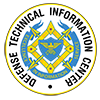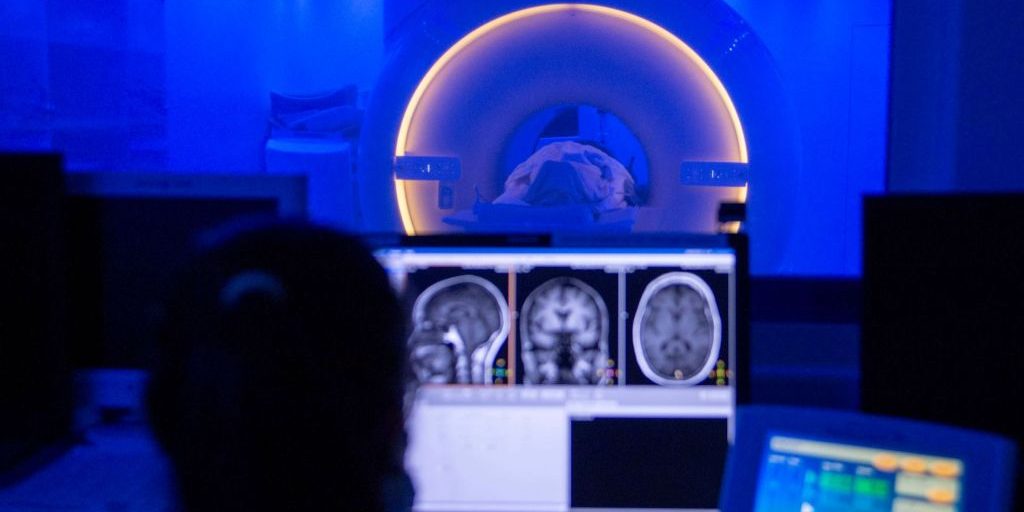According to the CDC, approximately 5.3 million people in the United States live with a traumatic brain injury (TBI)-related disability. TBIs often result from a violent jolt or impact to the head, commonly caused by vehicle accidents, falls, sports injuries, and combat trauma. These injuries can lead to long-term complications, neurological damage, or even death.
During a TBI, rapid skull acceleration deforms brain tissue, and the severity depends on factors such as impact force and injury type. Dr. Dzung Pham, professor and vice chair for research in the Department of Radiology and Bioengineering at the Uniformed Services University (USU) School of Medicine, is studying how skull acceleration leads to TBI damage.
“One of the projects that I’ve been involved with for about 12 years,” says Pham, “uses MRI to understand the mechanics of TBI. What I mean by mechanics is how the brain actually moves and deforms when a person gets a bump on the head or has some other type of exposure involving rapid acceleration of the head.”
Pham’s lab has developed specialized MRI-compatible devices that mimic mild head accelerations without causing injury. These tools allow researchers to observe brain movement in real-time using advanced neuroimaging techniques.


